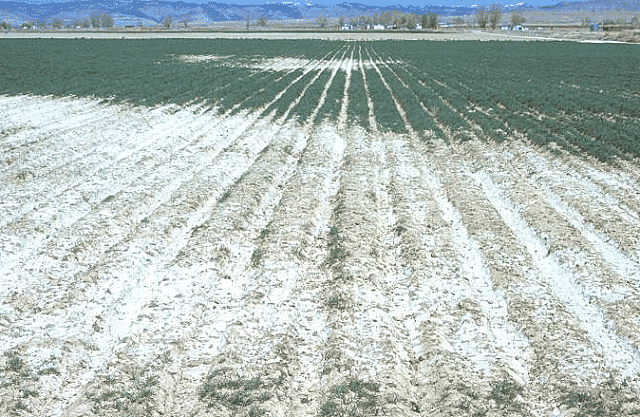Blog
The Hidden Costs of Water Softeners: What You Need to Know in 2024
Living in an area with hard water often makes installing a water-softening system seem like a no-brainer. After all, no one wants to deal with spotty dishes, bathtub rings, or dull hair. However, traditional salt-based water softeners have several hidden drawbacks impacting water management, conservation, and the environment. Understanding these challenges might change how you approach water softening.
Understanding Hard and Soft Water
Water is classified as “hard” when it contains high levels of minerals like calcium and magnesium. These minerals make soap less effective, requiring more shampoo and soap for cleaning. In contrast, soft water has minimal dissolved minerals, so it feels “softer” and creates more lather with less soap.
Typical home water softeners work by exchanging calcium and magnesium ions in hard water with sodium or potassium ions. While this process makes cleaning more manageable and can extend the lifespan of appliances, it introduces several issues.
Environmental Impact of Salt-Based Water Softeners
Using softened water for plants and landscapes can lead to salt buildup in the soil, causing plants to suffer from “salt stress.” Symptoms include yellowing leaf tips and salt rings where water sits. Over time, high salt concentrations compact the soil, reducing oxygen levels and preventing plants from absorbing essential nutrients, ultimately leading to plant death.
Moreover, softened water discharged into city wastewater systems increases the salt content in local water sources. This can harm aquatic life and make the water unsuitable for irrigation. The salt does not wash away in regions with low rainfall, further exacerbating the issue.
Economic and Practical Concerns
Salt-based water softeners can be economically inefficient. Compacted soil from salt accumulation requires more frequent watering to achieve the same results, increasing water usage. Additionally, leaching salt from the soil to prevent plant damage requires flooding the soil, which wastes water and washes away essential nutrients, necessitating soil amendments.
Furthermore, softened water is often not recommended for drinking, prompting many to install reverse osmosis units that waste a significant amount of water—up to a gallon for every gallon of purified water produced.
Alternative Solutions and Innovations
If you rely on a salt-based water softener and are not ready to switch, consider connecting the system only to your hot water line. This setup provides soft water for showers and laundry while maintaining mineral-rich water for drinking and irrigation, reducing the environmental impact.
Another alternative is a Water Softener Bypass: Setting up a water softener bypass for outdoor faucets can provide untreated water for landscaping, thus avoiding the negative impacts of sodium on soil and plants.
Innovative, salt-free water-softening technologies are also emerging. A 2011 study by Arizona State University identified Template Assisted Crystallization (TAC) as a promising alternative. TAC, along with other methods like capacitive deionization and electromagnetic water treatment, offers adequate water softening without the adverse environmental effects of salt.
In some areas, such as Santa Clarita Valley in California, ordinances prohibit automatic water softeners, but alternative solutions are available to residents. These alternatives can soften water without salt, protecting landscapes and water sources.
Traditional water softeners may provide convenience, but their environmental and economic costs are significant. By exploring and adopting alternative water softening methods, you can enjoy the benefits of soft water while minimizing negative environmental impacts. Have you faced challenges with salt buildup in your soil? Share your experiences and solutions in the comments below.

